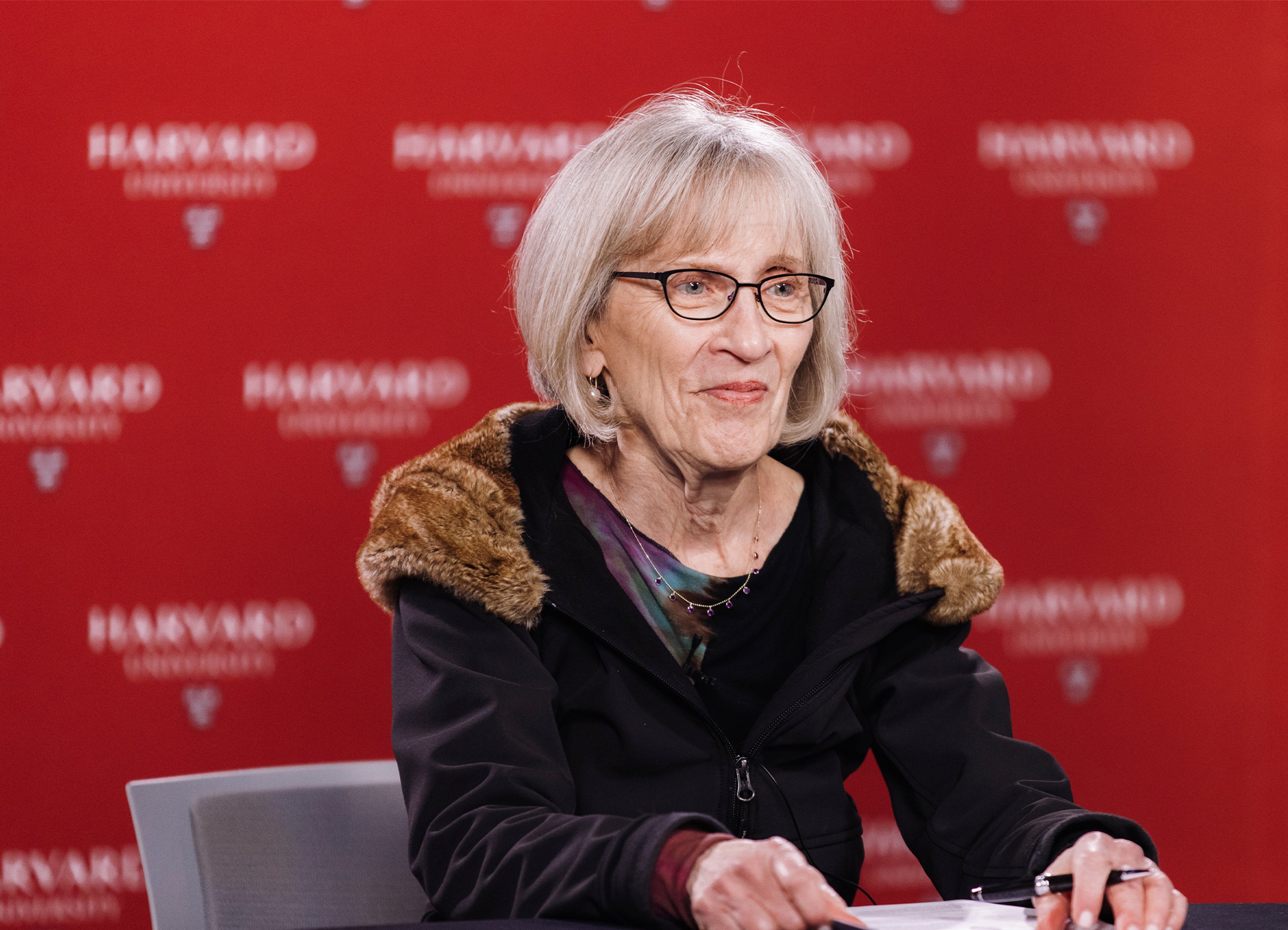
The 2023 Sveriges Riksbank Prize in Economic Sciences — the ‘economics Nobel’ — has been awarded to economic historian Claudia Goldin at Harvard University in Cambridge, Massachusetts, “for having advanced our understanding of women’s labour market outcomes.”
Goldin’s work has helped to explain why women have been under-represented in the labour market for at least the past two centuries, and why even today they continue to earn less than men on average (by around 13%).
Although such inequalities are widely recognized, they present a puzzle for economic models because they represent not just a potential injustice, but also what economists call a market inefficiency. Women seem to be both under-utilized and under-incentivized in the labour force, even though those in high-income countries typically now have a higher educational level than do men.
Goldin brought history to bear on this question through rigorous forensic analysis of how changes in women’s participation in the labour force have been influenced by social, political and technological change over the past two centuries.
“The strength of her work comes from combining careful and innovative historical data with insights from economic theories of wage determination, employment, discrimination and the political economy,” says economist Claudia Olivetti at Dartmouth College in Hanover, New Hampshire.
“I am delighted to see Claudia’s work recognized,” Olivetti says. “She has been such an inspiration to many women and young researchers. Leading with passion, curiosity, integrity, she taught us to be brave and go for the big questions.”
More growth; low pay
Before Goldin’s studies, it was widely thought that the increase in the proportion of women in work over the course of the twentieth century was a reflection of economic growth — higher growth meant more women in employment. But by looking back carefully at older historical records, Goldin showed that the proportion of married women involved in paid work (for example in agriculture or textiles manufacturing) was at least as high in the late eighteenth century, when economic growth rates were much lower, as it is today. This industry was generally hidden behind an opaque census designation of ‘wife.’
Goldin showed that industrialization disrupted this pattern by making it harder for women to work from home. Her identification of a U-shaped curve in women’s labour participation over 200 years, published in her 1990 book Understanding the Gender Gap, demolished the notion of a simplistic link to economic growth.
Goldin also demonstrated that, although work opportunities for women expanded in the twentieth century, especially in societies in which children leave the parental home, they were not exploited as much as they could have been.
Goldin explained this shortfall as being down to expectations. Influenced by what they saw in their parents’ generation, young women tended to make educational choices that did not reflect an expectation of future career prospects. Only by the 1970s did women anticipate how much they might be able to work and invest their efforts accordingly. As Goldin showed in collaboration with economist Lawrence Katz, that situation was boosted by access to the contraceptive pill from the 1960s, which gave women more control in planning for the future.
Goldin has also shown how gender inequalities in pay have not followed a simple relationship with economic growth, either. The pay gap was smaller during the industrial revolution of 1820–50, for example, because demand for clerical services increased, but changed little between 1930 and 1980, when rewards for uninterrupted careers promoted de facto wage discrimination. Goldin and Katz, with economist Marianne Bertrand, showed in 2010 that parenthood has a key role in maintaining pay inequality, largely through loss of earnings when women suspend or restrict work in favour of child-rearing.
Goldin’s research has dismantled simple ideas about how gender inequalities in labour markets have changed and the reasons for these changes. Although she has tended not to make policy recommendations for how the problems might be addressed, her scrupulous work in looking at the issues through the lens of history can help to show which interventions are more or less likely to succeed.
“Goldin has been saying for many years that the way work is organized in many professions is especially female-unfriendly,” says Barbara Petrongolo, an economist at the University of Oxford, UK. Petrongolo says that companies are now starting to change their practices with the introduction of flexible, family-friendly working arrangements and the provision of on-site creches. Some of these changes have happened as a result of policy interventions, but some are coming bottom-up from firms that see the advantages of attracting female talent.
However, not all of these ideas and solutions will have universal applicability. Naila Kabeer, who studies gender in international development at the London School of Economics, points out, for example, that the U-shaped curve in female labour-force participation has not proved to hold globally.
“It was based on the idea that developing countries would go through the same processes as did advanced industrialized ones,” she says, “and did not take account that globalization would allow countries to move from farming to female-intensive industrialization processes quite as fast as they did.”
This article is reproduced with permission and was first published on October 9, 2023.
























































